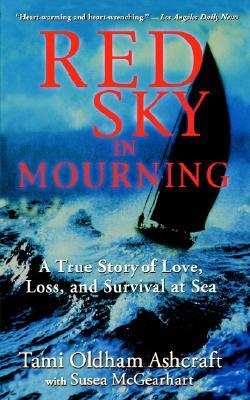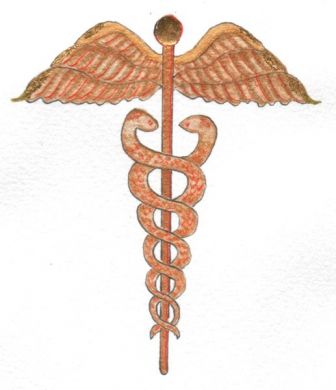We had family visiting from the East Coast, and we served as tour guides for a few local sights. Perhaps you will also enjoy some of the vistas. If nothing else, they will help you understand why I have to travel so bloody far to go paddling.
This is red dirt country, parched, cracked, and unforgiving.
You have to have respect for those able to survive here.
Here is what has to be one of the best justifications for good penmanship, the Glass Mountains. Located about six miles west of Orienta, on Hwy. 412, (NW Oklahoma) they’re really not mountains at all, but mesas or buttes that rise 150 to 200 feet above the prairie floor. This is arid country where hawks glide overhead during the day, and coyotes prowl at night. Almost anytime, the rattle or scurry in the brush is a rattlesnake. Except for the small state park next to the highway, the deep arroyos are devoid of humanity even today except for an occasional cattleman or gas and oil field worker. The solitude of the mesas made them ideal hideouts for outlaws that stole horses and hijacked travelers and wagons.
Vegetation that struggles through the drought.
Gen. Phil Sheridan established a semi-permanent camp here during the Indian conflicts of 1870, which became known as Sheridan’s Roost. Nathan Boone, Daniel Boone’s son, worked as an explorer and surveyor of the new Louisiana Purchase for the federal government and described the buttes. In 1873, T.H. Barrett was working with a survey party camped near the hills. He stepped from his tent to view the rising sun sparkling off the selenite crystals in the mesas and wrote in his journal that they looked like glass mountains, and so they were named in the resulting maps. Two years later a new map came out of the federal land office with them labeled Gloss Mountains because the draftsman thought the ‘a’ looked more like an ‘o’. So, you can drive down the road and see a sign for the Glass Mountains, followed by a sign for the Gloss Mountains. You’ll pick up a tourist brochure for the Glass Mountains, or maybe the Gloss Mountains. Poor penmanship has led to a disagreement of what to call these hills for nearly 140 years.

Looking out across the prairie from atop a butte.
As I mentioned above, this has always been a great hideout for outlaws, and that hasn't changed. Two prisoners had escaped from the Ft. Supply prison, and had been working their way across the prairie for a week. Both were captured on the day of our visit. We had seen helicopters flying around, and we had stopped near a thicket to take some pictures. From the description given of where the apprehension was made, one was captured right where we had stopped. It's certainly not a place you'd expect to find someone watching you from the brush.
Here you can see the harder white gypsum plate on the top of the butte.



























